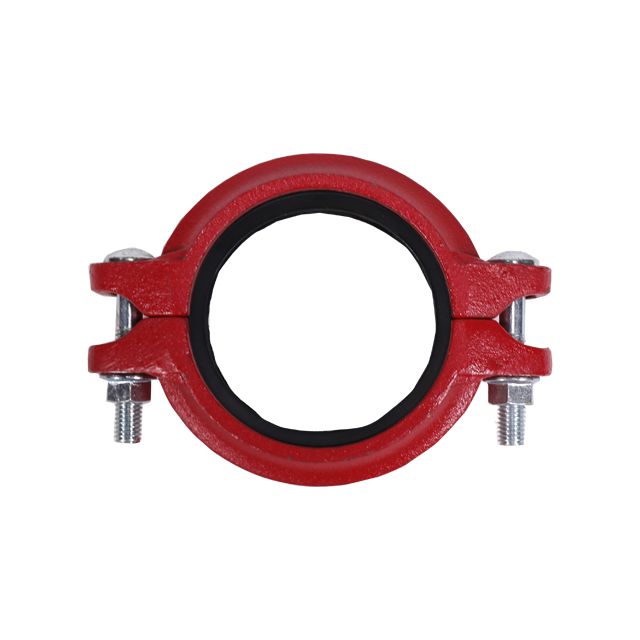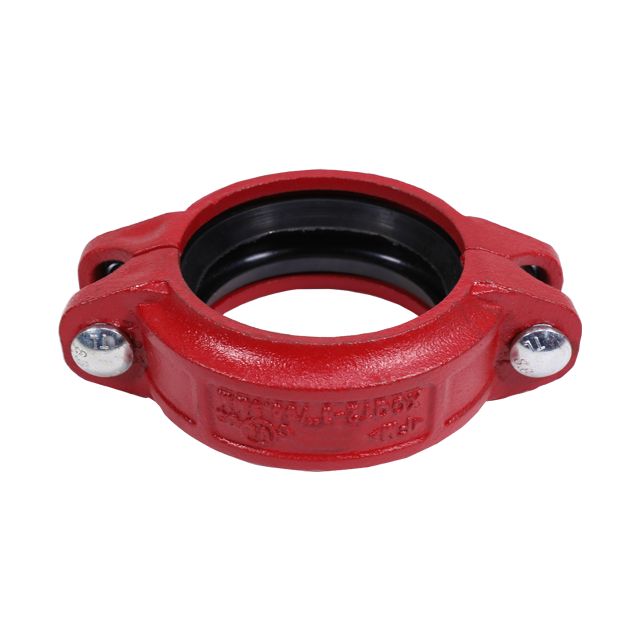Flexible couplings and rigid couplings are two types of mechanical devices used to connect two shafts together in a rotating system. They serve different purposes and have distinct characteristics. Let's compare them:
Flexibility:
Flexible Coupling: As the name suggests, flexible couplings are designed to accommodate misalignment between shafts. They can tolerate angular, parallel, and axial misalignments to some extent. This flexibility helps in reducing the transmission of shock and vibration between the shafts.
Rigid Coupling: Rigid couplings do not have flexibility and are designed to precisely align shafts. They are used when accurate shaft alignment is crucial, and there is little to no misalignment between the shafts.
Types:
Flexible Coupling: There are various types of flexible couplings, including elastomeric couplings (such as jaw couplings, tire couplings, and spider couplings), metal bellows couplings, and gear couplings.
Rigid Coupling: Rigid couplings include sleeve couplings, clamp couplings, and flange couplings, among others.
Torque Transmission:
Flexible Coupling: Flexible couplings transmit torque between shafts while compensating for misalignment. However, due to their design, there might be some loss of torque transmission compared to rigid couplings.
Rigid Coupling: Rigid couplings provide efficient torque transmission between shafts as they have no flexibility. They ensure a direct transfer of rotational force without any loss due to flexibility.

Applications:
Flexible Coupling: They are commonly used in applications where there is expected misalignment or where shock absorption and vibration damping are required. Typical applications include pumps, compressors, conveyors, and motor-driven equipment.
Rigid Coupling: Rigid couplings are used in applications where precise alignment is necessary, such as high-speed machinery, precision equipment, and machinery with short shaft spans.
Installation and Maintenance:
Flexible Coupling: Installation of flexible couplings is relatively easier due to their ability to accommodate misalignment. However, they might require periodic inspection for wear and tear of flexible elements.
Rigid Coupling: Rigid couplings require precise alignment during installation, which might make the installation process more complex. Once installed, they generally require less maintenance compared to flexible couplings.
In summary, flexible couplings are preferred when misalignment tolerance, shock absorption, and vibration damping are required, while rigid couplings are used in applications where precise alignment and efficient torque transmission are essential. The choice between the two depends on the specific requirements and operating conditions of the machinery or system.
Post time: Mar-27-2024

